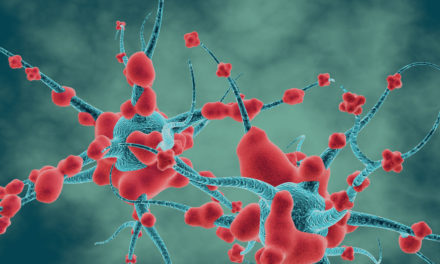Gestational diabetes is one of the most common health problems affecting pregnant women. About 4-7% of pregnant women will get gestational diabetes, which may pose health problems for both mother and baby. Gestational diabetes sometimes arises because pregnant women are less able to produce extra insulin than when not pregnant. May experience hypertension in pregnancy – Pre-eclampsia . May require a caesarean delivery. May experience a miscarriage (abortion) or stillbirth. May be at risk for developing type 2 diabetes. Baby tends to be large and overweight at birth. Baby can be hypoglycemic soon after delivery. Baby may have breathing problems. The baby’s skin turns yellowish and the whites of the eyes may change color – jaundice. Baby may grow to be overweight as a child and/or adult. Baby may be at risk for developing type 2 diabetes.
Who is at risk?
- Women over age 25
- Women who are overweight
- Women who smoke
- Women with a family history of diabetes
- Women who have had a previous history of unexplained stillbirth or a large baby (more than 10lbs, or 4.5kg)
How may gestational diabetes affect the mother?
- May experience hypertension in pregnancy – Pre-eclampsia
- May require a caesarean delivery
- May experience a miscarriage (abortion) or stillbirth
- May be at risk for developing type 2 diabetes
How may gestational diabetes affect the baby?
- Baby tends to be large and overweight at birth.
- Baby can be hypoglycemic soon after delivery.
- Baby may have breathing problems.
- The baby’s skin turns yellowish and the whites of the eyes may change color – jaundice.
- Baby may grow to be overweight as a child and/or adult.
- Baby may be at risk for developing type 2 diabetes.
How is Gestational Diabetes Treated During Pregnancy?
There are some ways to stay healthy with gestational diabetes:
- Test glucose levels regularly to maintain controlled ranges – Test your blood glucose at least 4 times a day. This is essential for maintaining healthy glucose ranges.
Minimum Goals of Glycemic Control*:
|
Status |
Target Glucose Level |
|
|
|
mg/dL |
mmol/L |
|
Fasting |
<95 |
<5.3 |
|
1 hour post meal |
<140 |
<7.8 |
|
2 hours post meal |
<120 |
<6.7 |
*American Diabetes Association criteria of gestational diabetes glucose control target
- Eat a healthy diet – To get adequate energy and nutrients to support both the mother’s body and the growing baby, all while maintaining stable blood glucose levels.
- Manage your stress – High levels of stress can worsen your blood sugar levels, relaxing more will help you and your baby stay as healthy as possible.
- Get regular, moderate physical activity – Exercise can help control blood sugar levels. For example, swimming, walking, or yoga are good options.
- Keep a healthy weight – The risks can be reduced if you can stay at a healthy pregnancy weight.
- Medicine treatment – Oral diabetes medicine should not be used during pregnancy. If your blood glucose levels remain high, your doctor may switch you to insulin injection.
- Keep daily records of your diet, physical activity, and glucose levels – This can help track how well the treatment is working and what, if anything needs to be changed.
This information is for general care of gestational diabetes. If you have been diagnosed gestational diabetes, please visit your heath care provider to make a specific plan designed just for your needs.









